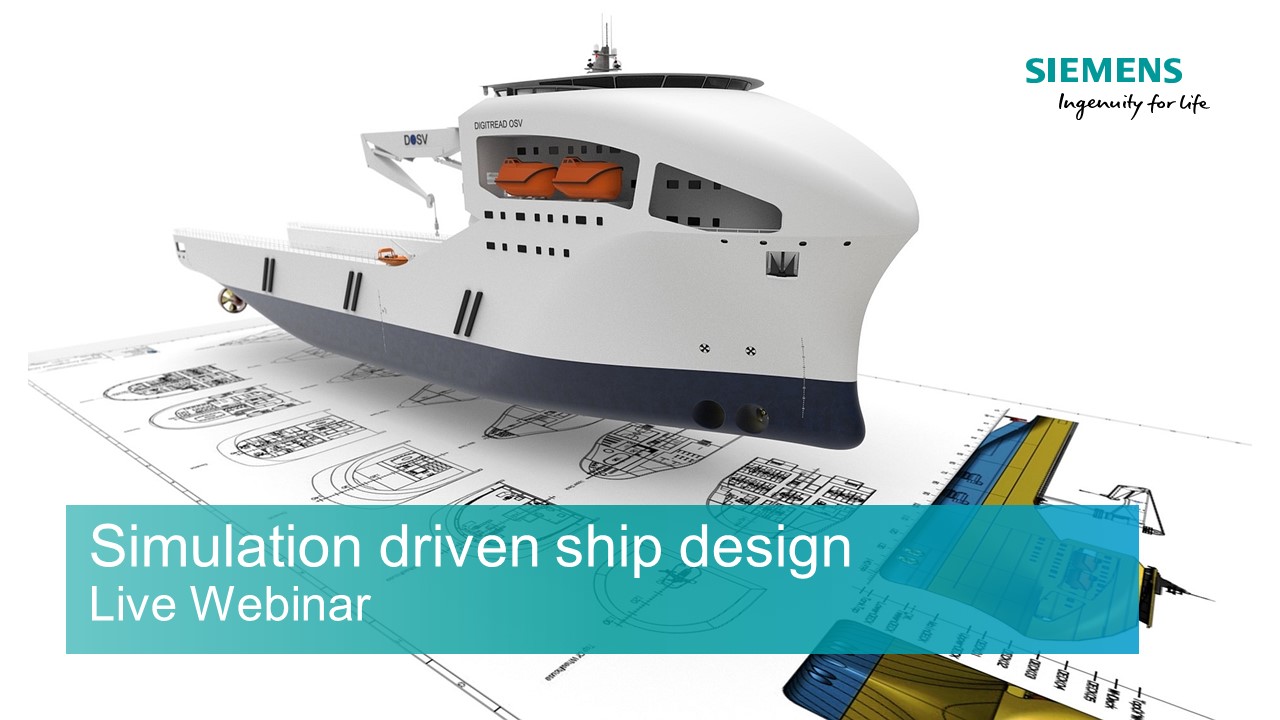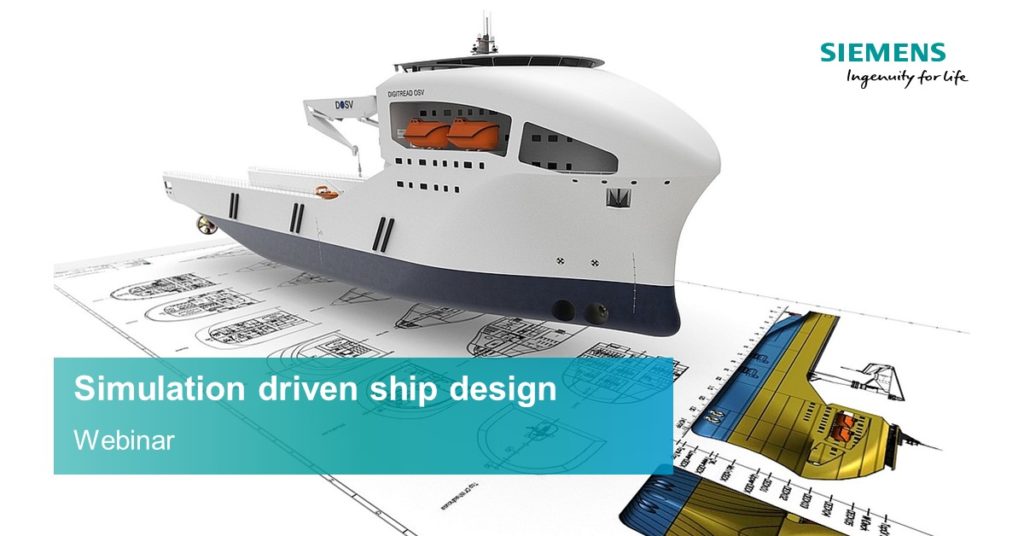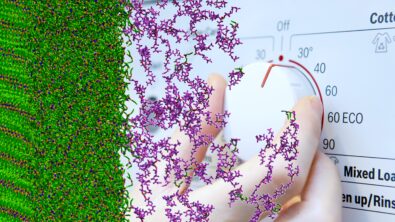Simulation-driven ship design: how to have your cake and eat it

Simulation-driven ship design? What’s that? Let’s start with cake – everyone knows what that is…
My daughter has recently discovered a love of baking. Every weekend she chooses a new recipe from her cookbook, buys the ingredients then sets out to make her latest creation. As a parent I’m encouraging this – not only is she engaged and learning, but the results are pretty tasty too.

As the child of an engineer, my daughter is also very keen on efficiency. She soon realized that mixing cake dough or whisking egg whites by hand is hard work and takes a long time. So, for Christmas we bought her an electric mixer. Now she can whip up a cake in less time and try out new recipes faster – which means more, tasty cakes for the rest of the family. Making the baking process easier has helped her to try new techniques and create more impressive cakes.
Moving from working by hand to using a mixer was a simple change, but made a huge difference in my daughter’s capability. Which got me thinking – can we make changes in our design practices and see similar leaps in capability?

The marine industry has already made many such changes. We design using 3D CAD, rather than line drawings. We use 3D CAE tools rather than relying solely on experiment. But can we do more? This is the topic of this webinar, which introduces simulation-driven ship design.
What does this phrase mean? Well, what if instead of treating the CAD design and the 3D simulation results as two separate items, we look at them as a whole, with automatic feedback between them? Modern design exploration tools are enabling us to do just that. Driving the design-analysis process in new, more efficient ways means you can uncover new designs and meet specified efficiency requirements.
Of course, “the proof of the pudding (or cake) is in the eating”. The webinar also gives a demonstration of the complete simulation-driven process, showing how a vessel can be optimized for both CAPEX (capital expenditure) and OPEX (operational expenditure). Proof that this change in working practice can improve our capability to create optimal vessel designs.

I’m not sure what the next step in my daughter’s baking adventures will be, but I’m looking forward to seeing (and tasting) the results. And I recommend everyone to look at the next step in marine design, and see the results of that too!


